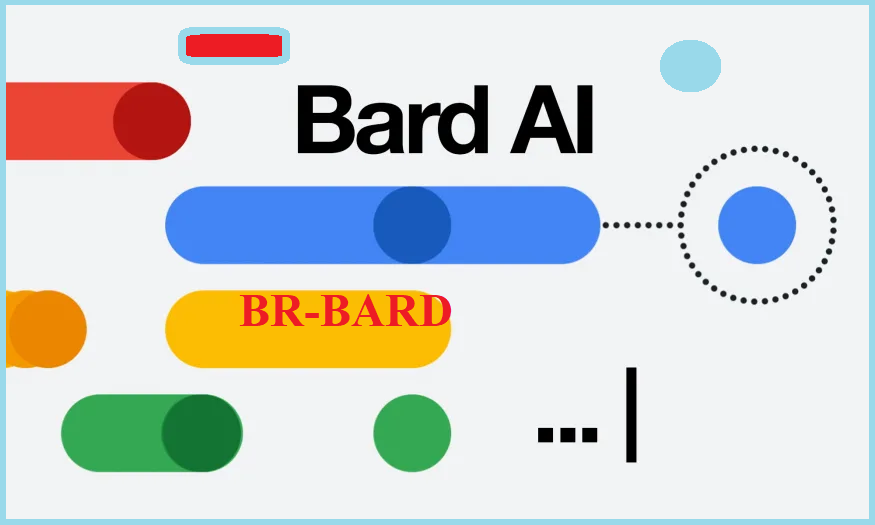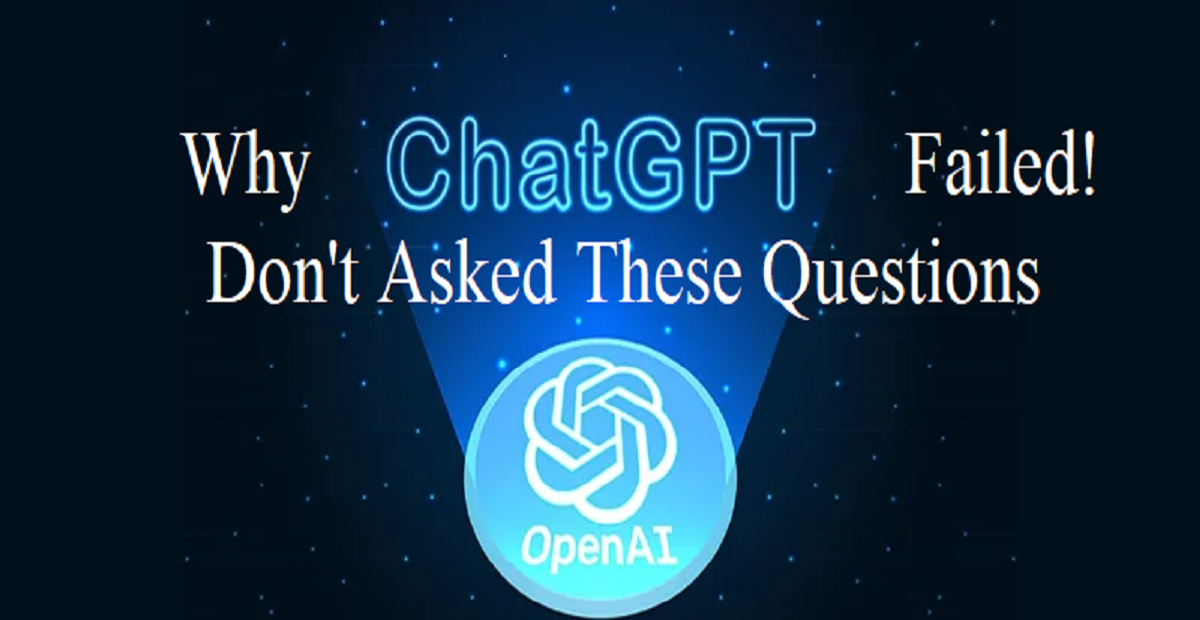Exploring Google Bard AI: A Comprehensive Comparison with ChatGPT
by info@queryiest.com · 20 May 2023
- Facebook0
- Twitter0
- Google PLuse0
- 0Shares
- 139 Views
Google Bard AI
Artificial Intelligence (AI) has revolutionized various industries, and advancements in natural language processing have given rise to powerful language models like Google Bard and ChatGPT. In this article, we will delve into the world of AI and explore the capabilities of these two remarkable language models. We will compare Google Bard AI and ChatGPT to understand their features, applications, and strengths. So, let’s dive in and discover the exciting possibilities offered by these AI-driven chatbots!
Table of Contents
Toggle
Understanding Google Bard AI
Google Bard is an innovative AI language model developed by Google, with a focus on generating conversational responses that closely resemble human-like interactions. It combines state-of-the-art techniques in natural language processing and machine learning to deliver engaging and contextually appropriate dialogues.
Google Bard AI has numerous applications across different domains. For example, in customer support, it can provide instant and accurate responses to customer queries, improving overall satisfaction. Virtual assistants powered by Google Bard AI can offer personalized assistance, managing tasks, scheduling appointments, and even engaging in natural conversations.
Key features of Google Bard AI include context-awareness, where it maintains a coherent dialogue by understanding previous interactions, and the ability to generate interactive and dynamic conversations. It utilizes cutting-edge algorithms to analyze user queries, interpret intents, and generate relevant and informative responses.
Unveiling ChatGPT
ChatGPT, developed by OpenAI, is a widely recognized language model renowned for its conversational abilities and versatility. Built on the foundation of OpenAI’s advanced language model GPT-3, ChatGPT has garnered attention for its impressive text generation capabilities.
The applications of ChatGPT are vast and diverse. From content generation and language translation to creative writing and brainstorming ideas, ChatGPT demonstrates its versatility across different domains. It can provide informative answers, engage users in meaningful conversations, and even generate coherent narratives.
Key features of ChatGPT include its ability to adapt to various conversational styles, maintain coherence in dialogues, and generate detailed responses. ChatGPT utilizes large-scale pre-training on diverse datasets to grasp the intricacies of language and generate contextually appropriate and relevant replies.
Bard vs. ChatGPT: A Comparative Analysis
To understand the similarities and differences between Google Bard AI and ChatGPT, it is essential to analyze their conversational capabilities, language understanding, dialog generation, and natural language processing techniques.
a. Conversational Capabilities
Both Google Bard AI and ChatGPT aim to generate natural and engaging conversations. They employ techniques such as sequence-to-sequence modeling and attention mechanisms to understand user queries and produce coherent responses. However, there are subtle differences in their approaches.
b. Language Understanding
The ability to understand user intent and context is crucial for effective conversation. Google Bard AI and ChatGPT employ sophisticated natural language understanding techniques to interpret user queries accurately. While both models excel in this aspect, they may have variations in their interpretations and responses due to differences in their training data and architectures.
c. Dialog Generation
Generating coherent and contextually appropriate dialogues is a significant challenge for language models. Google Bard AI and ChatGPT employ different strategies to tackle this task. Google Bard AI focuses on maintaining context and generating interactive conversations, while ChatGPT emphasizes generating detailed and informative responses.
d. Natural Language Processing
Underlying the conversational abilities of both Google Bard AI and ChatGPT are advanced natural language processing techniques. These include tokenization, word embeddings, recurrent neural networks, and transformer architectures. While the specifics of their implementations may vary, both models leverage these techniques to process and generate human-like text.
Use Cases and Real-World Applications
Google Bard AI and ChatGPT find applications in various industries, contributing to improved customer experiences, streamlined business operations, and innovative educational approaches.
a. Business Applications:
In customer support, Google Bard AI can handle a wide range of customer inquiries, providing accurate and timely responses. ChatGPT, on the other hand, can assist with content generation, generating product descriptions, and automating customer interactions.
b. Educational Applications:
Both Google Bard AI and ChatGPT have the potential to transform education. They can serve as virtual tutors, providing personalized learning experiences and answering student questions. Moreover, they can facilitate language learning, simulate historical figures for interactive lessons, and assist in academic research.
c. Creative Applications:
Google Bard AI and ChatGPT offer exciting possibilities for creative endeavors. They can help with content creation, offering inspiration and generating creative ideas. Furthermore, they can be employed in areas such as scriptwriting, poetry generation, and interactive storytelling, stimulating new avenues of artistic expression.
Future Developments
Looking ahead, the future of Google Bard AI and ChatGPT appears promising. Ongoing research and advancements in natural language processing will likely lead to enhanced conversational abilities, better contextual understanding, and increased user personalization.

